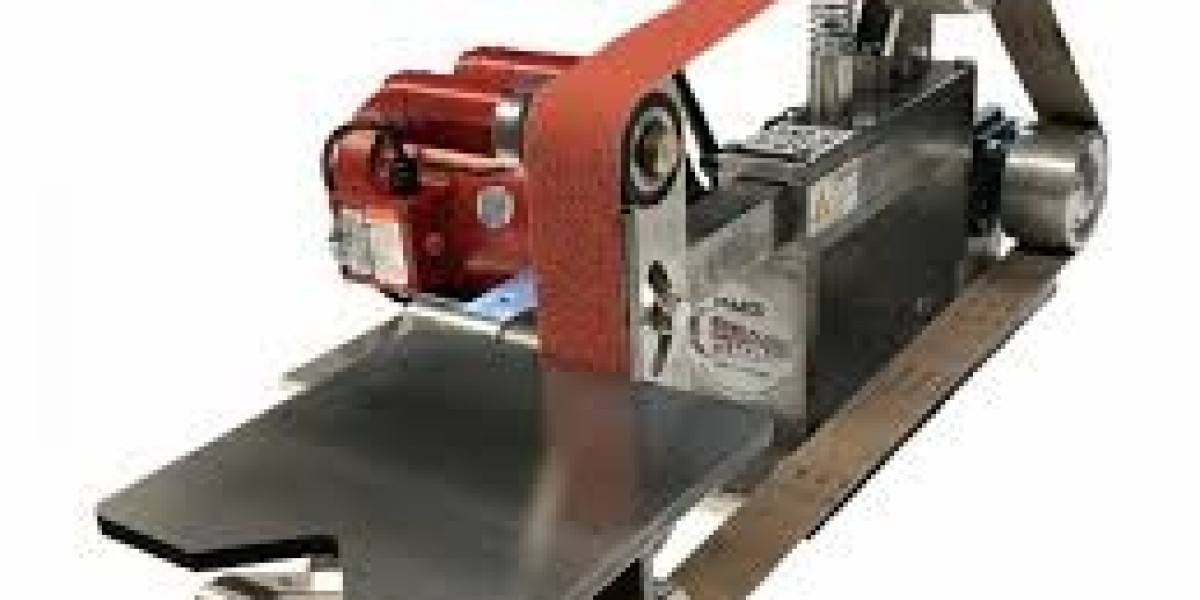What is 1080 Steel?
Composition and Classification
1080 steel is a high-carbon steel containing approximately 0.80% carbon, along with trace amounts of manganese, phosphorus, and sulfur. It belongs to the SAE 10xx series, which are known for their high carbon content and excellent strength characteristics. Unlike stainless steels, 1080 steel does not have significant chromium content, which means it is not inherently rust-resistant but offers superior hardness and edge retention when properly heat treated.
Why 1080 Steel is Popular Among Knife Makers
The high carbon content allows the steel to achieve a high level of hardness after heat treatment, making it ideal for blades that need to maintain sharpness and resist wear. Its relative simplicity and affordability also contribute to its popularity among custom knife makers who want to produce quality blades without excessive costs.
Benefits of Using 1080 Steel in Custom Knife Making
1. Excellent Edge Retention and Sharpness
One of the primary benefits of 1080 steel is its ability to hold a sharp edge for a long time. Thanks to the 0.80% carbon content, the steel can be heat treated to achieve a hardness typically ranging from 57 to 60 HRC (Rockwell Hardness Scale). This hardness enables the blade to cut cleanly and retain its edge through prolonged use, reducing the frequency of sharpening needed.
2. Superb Toughness and Durability
In addition to hardness, 1080 steel is known for its toughness. Toughness is the ability of a blade to resist chipping, cracking, or breaking under stress. Custom knife makers often seek this balance between hardness and toughness to ensure that their blades perform well in demanding tasks like chopping, slicing, or batoning. 1080 steel provides this durability, making it a reliable choice for knives intended for heavy-duty use.
3. Ease of Heat Treatment
Heat treatment is a crucial step in knife making that transforms the steel’s microstructure, giving it the desired hardness and toughness. 1080 steel is relatively straightforward to heat treat compared to some more complex stainless steels. This ease of treatment allows custom makers to experiment with different tempering and hardening methods to fine-tune the blade's performance, providing flexibility during the crafting process.
4. Workability and Machinability
Another advantage of 1080 steel is its workability. For custom knife makers, being able to shape, grind, and polish the steel without excessive difficulty is essential. 1080 steel machines well and responds predictably to grinding and sharpening. This makes it an excellent option for both experienced and beginner bladesmiths who want to create precise and detailed designs.
5. Cost-Effective Material
Custom knife making can become costly depending on the materials used. Compared to many high-end stainless steels, 1080 steel is relatively affordable while still offering excellent performance characteristics. This makes it accessible for makers looking to produce high-quality knives without inflating production costs.
Considerations When Using 1080 Steel
Maintenance and Rust Prevention
Since 1080 steel is a carbon steel without chromium, it is susceptible to rust and corrosion. Knife owners need to take proper care of 1080 steel blades by cleaning them promptly after use, drying thoroughly, and applying protective oils regularly. While this requires a bit more attention than stainless steel knives, many knife enthusiasts appreciate the superior edge and toughness 1080 steel offers.
Aesthetic Aging: The Patina
One interesting aspect of 1080 steel is that it develops a natural patina over time with use. This patina is a layer of oxidation that actually helps protect the blade from further rust and gives the knife a unique, vintage look. Many custom knife makers and users value this feature, as it adds character and individuality to each blade.
Common Applications of 1080 Steel in Custom Knives
Hunting and Outdoor Knives
Because of its toughness and edge retention, 1080 steel is frequently used for hunting knives and outdoor survival blades. These knives must withstand heavy use in rugged conditions, and 1080 steel’s durability makes it an excellent choice.
Kitchen Knives
Some custom kitchen knives also use 1080 steel for its sharpness and ease of maintenance. Although they require regular oiling to prevent rust, these knives offer exceptional cutting performance and can be re-sharpened easily.
Everyday Carry (EDC) and Utility Knives
1080 steel is also popular for EDC knives and utility blades where a balance of sharpness, toughness, and affordability is important.
Conclusion
1080 steel offers a range of benefits that make it an outstanding choice for custom knife making. Its excellent edge retention, toughness, ease of heat treatment, and cost-effectiveness combine to create blades that perform reliably in a variety of applications. While it does require more maintenance than stainless steels, the rewards of using 1080 steel — from the sharpness to the attractive patina — often outweigh the extra care needed. Whether you’re a professional bladesmith or an enthusiast crafting your own knives, 1080 steel is a versatile and trusted material worth considering.








